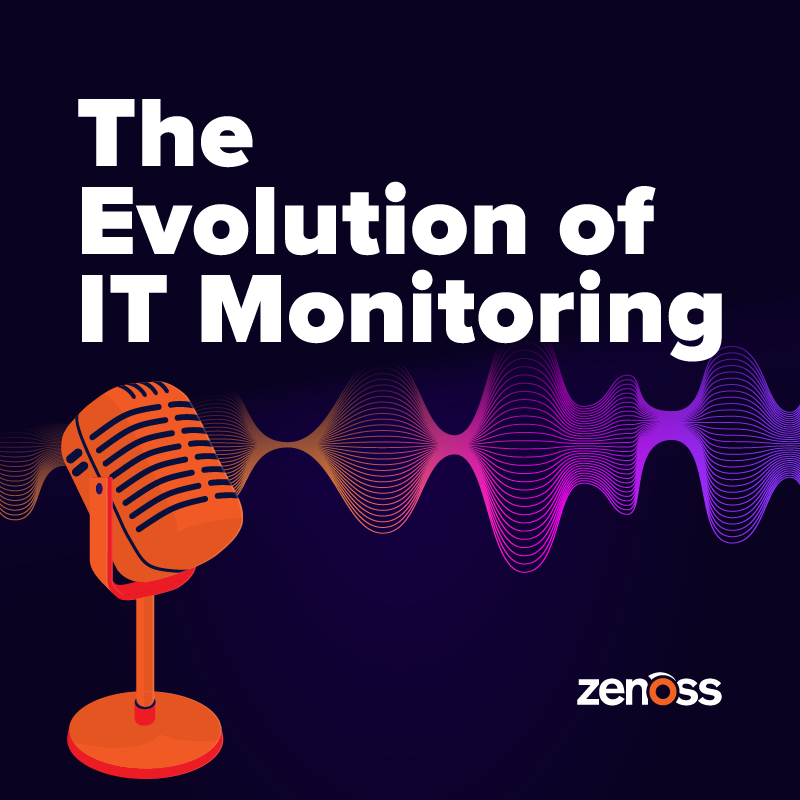
The Journey of IT Monitoring
The conversation began with a look back at the evolution of monitoring in the IT industry. Trent explained that monitoring has been a crucial part of corporate IT infrastructures since their early days. The need to monitor servers and network devices led to the development of monolithic tools like Tivoli in 1989, which aimed to consolidate all monitoring functions into a single platform. However, these tools often became bloated and lacked integration.
In 1999, SolarWinds emerged as a more cost-effective alternative to these expensive monolithic tools. Initially focused on network monitoring, they expanded their tool sets over time. Recently, the industry has seen a shift toward consolidating monitoring tools to combat the problem of tool sprawl. This is where vendors like Zenoss come in, offering solutions to unify data and enable organizations to apply AI and gain value from their monitoring efforts.
The Challenges of Tool Sprawl and the Benefits of Consolidation
Trent and Dan then dove into the challenges of tool sprawl and the benefits of consolidating monitoring tools before reminiscing about the early days of monitoring, when it involved manual processes like sending interns to the server room.
The Evolution of AIOps Tools
Trent discussed the evolution of AIOps tools and their role in IT operations. He explained that the first generation of AIOps tools focused on event management, but they were unable to deliver on their promise due to the complexity of throwing data from multiple systems into a single event management tool. However, the second generation of AIOps tools, which Zenoss belongs to, introduced service mapping. This feature allows algorithms to understand the connections and dependencies between different components in real time, enabling more accurate and precise insights.
The Role of AI and Machine Learning in Event Management
Dan shared his perspective on the role of AI and machine learning in event management, saying that while algorithms are essential for solving most scenarios, AI is required for the scale and dynamic nature of complex environments. Trent agreed, stating that AI is necessary for resolving a small percentage of incidents that cannot be solved with rules and heuristics alone. He also highlighted the potential of leveraging AIOps insights for other parts of the company, such as security, risk management, compliance, sales and marketing.
Observability: A New Perspective
The conversation then shifted to the topic of observability, which Trent defines as the ability to query data and provide answers to questions that were not previously thought of. He emphasized that observability is not just about machines collecting data before incidents occur, but rather leveraging AI to provide insights.
The Challenges and Considerations of Moving to the Cloud
Trent discussed the challenges and considerations of moving to the cloud, explaining that leveraging native cloud tools can be costly, and organizations often have a mix of cloud, on-premises and multicloud components in their IT services. This hybrid approach is sometimes done by design, but it can also be a risk management strategy to ensure redundancy in case of service outages.
Trent highlighted the need for monitoring solutions that can handle not only major cloud platforms, like Google Cloud Platform, Amazon Web Services and Microsoft Azure, but also on-premises environments. He mentioned that around 70% of corporate IT infrastructure is still on premises, while new deployments and applications are more cloud-oriented.
The Emergence of New Roles in IT Infrastructure Operations
Dan brought up the emergence of new roles in IT infrastructure operations, such as DevOps and site reliability engineers, and wondered if advancements in monitoring technology could eventually lead to a time when these roles become obsolete as the technology becomes sophisticated enough to self-heal.
Trent responded by suggesting that AI will likely lead to more hybrid roles, combining specific functions with data science capabilities. He emphasized the importance of domain expertise in understanding infrastructure and algorithms and the need for data scientists to understand the infrastructure as well.
It's clear after listening to Trent and Dan that the future of work in the IT industry will continue to evolve, driven by advancements in technology and the need for more efficient and effective monitoring solutions. To learn more, you can listen to the full episode on Spotify and Apple Podcasts.









